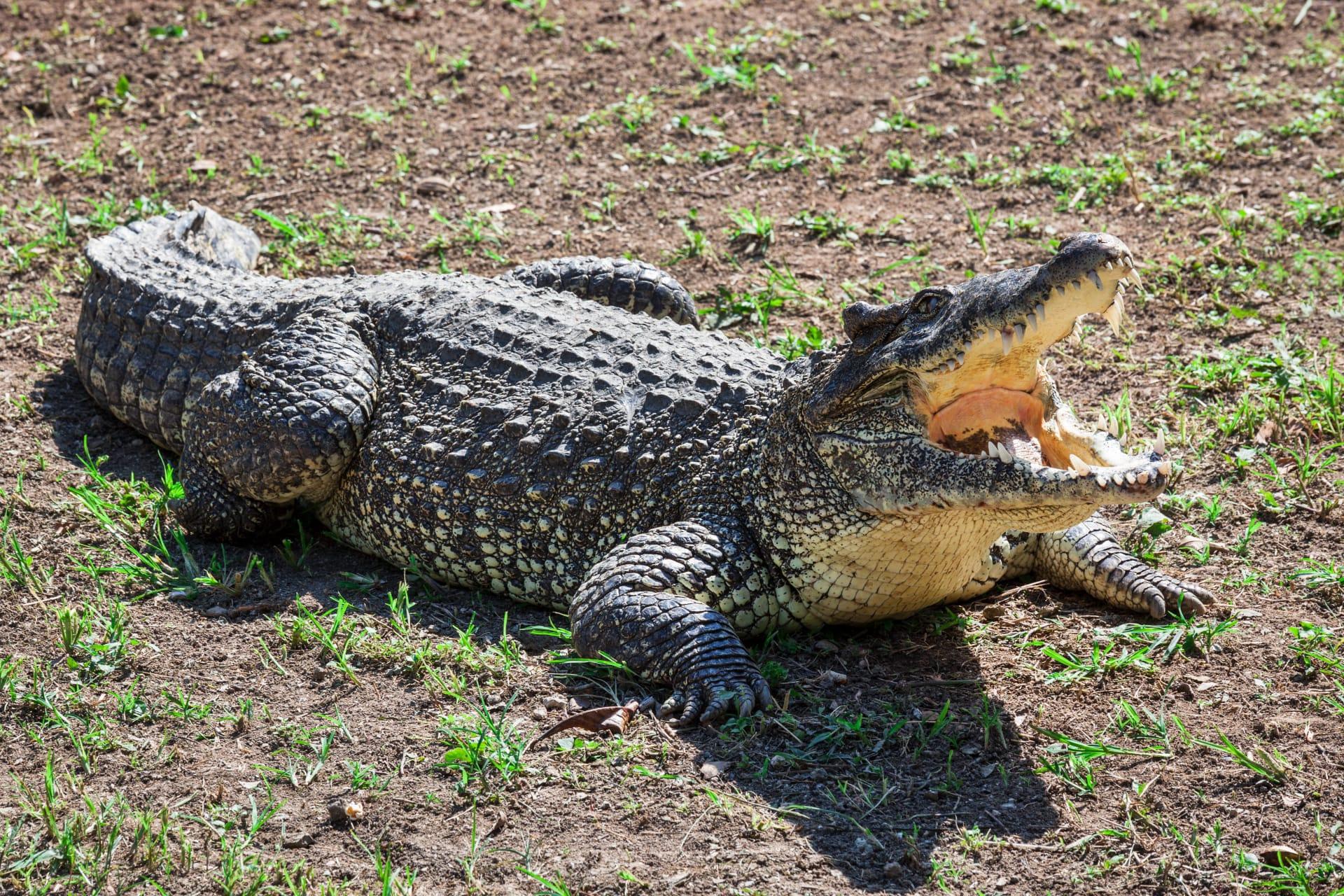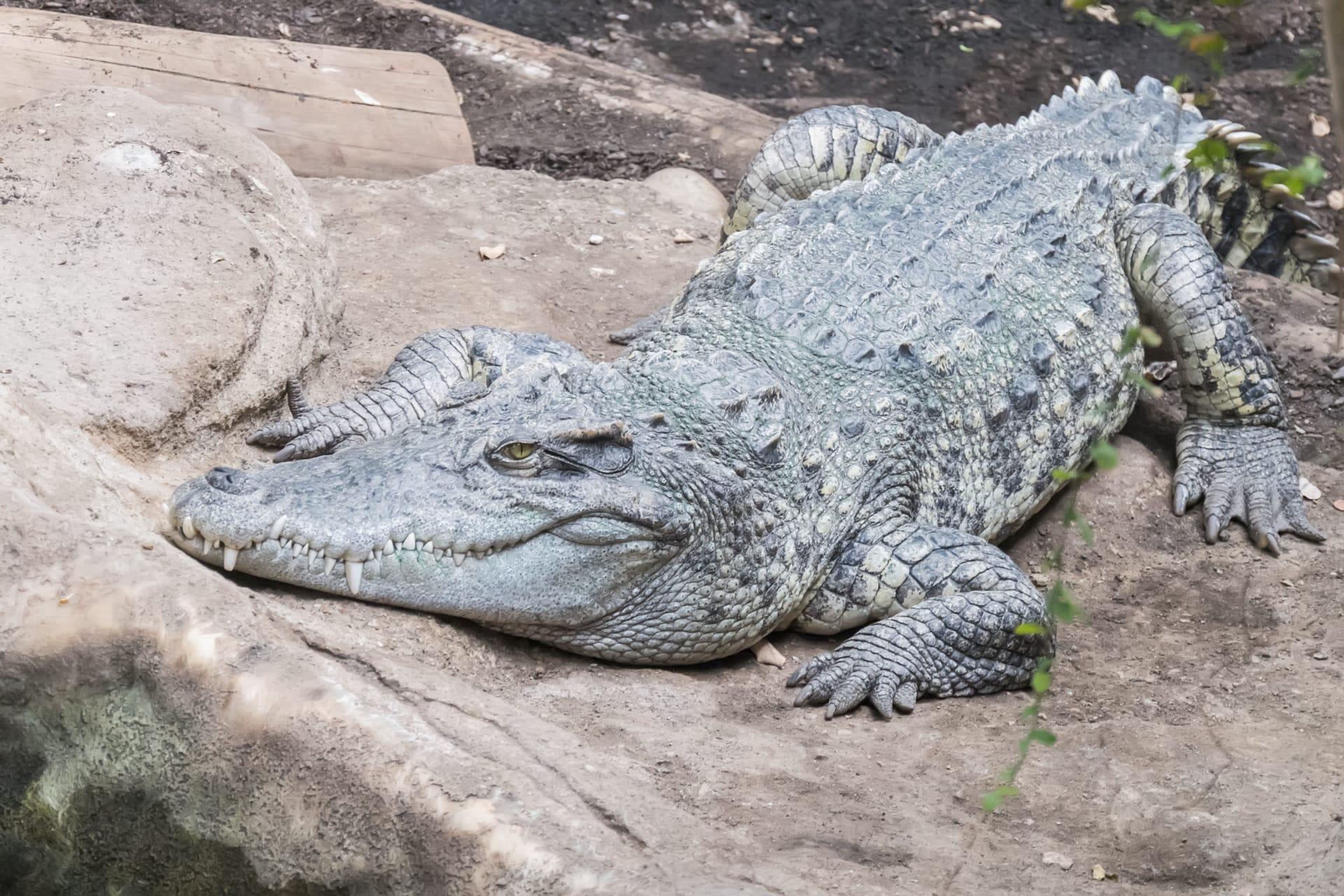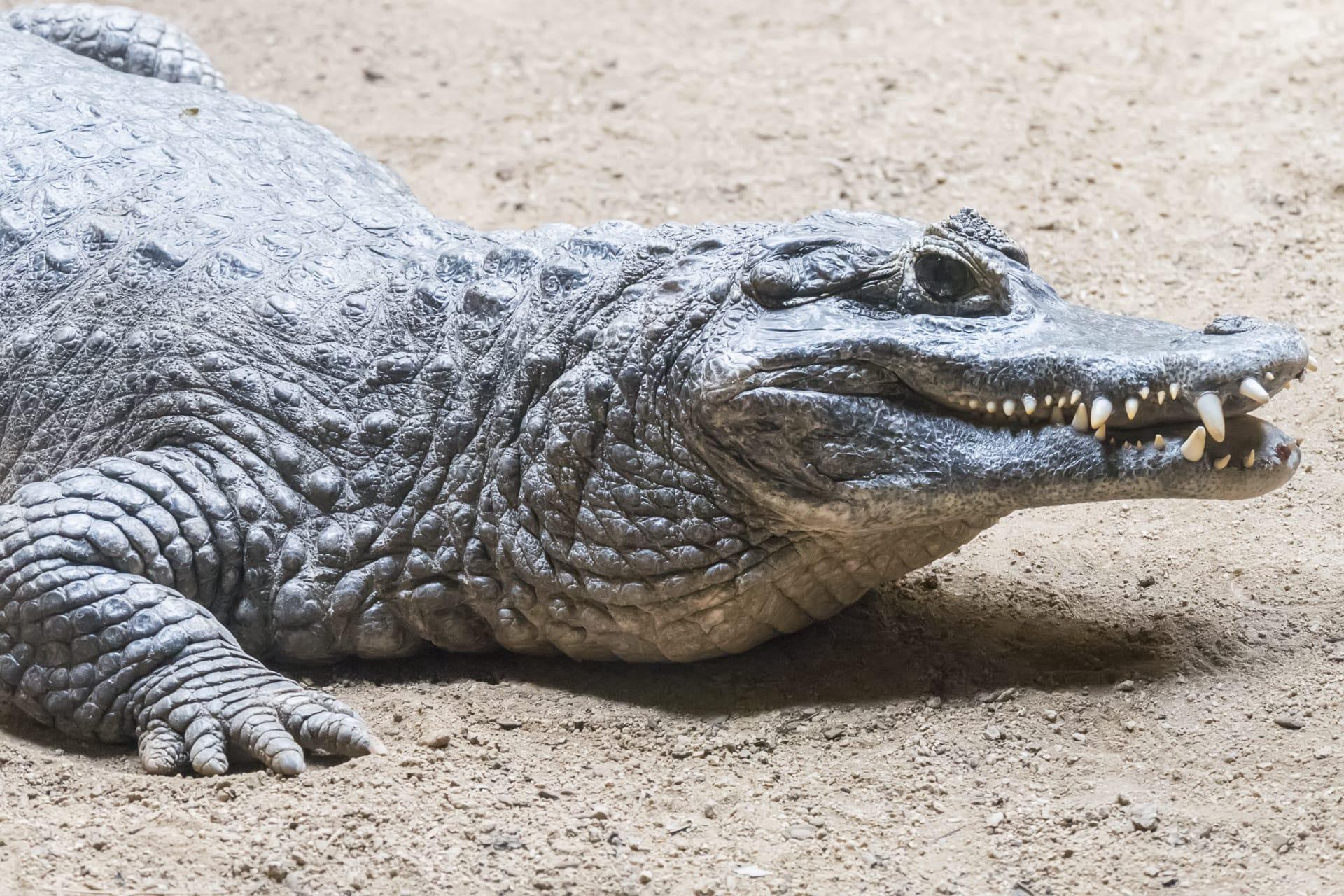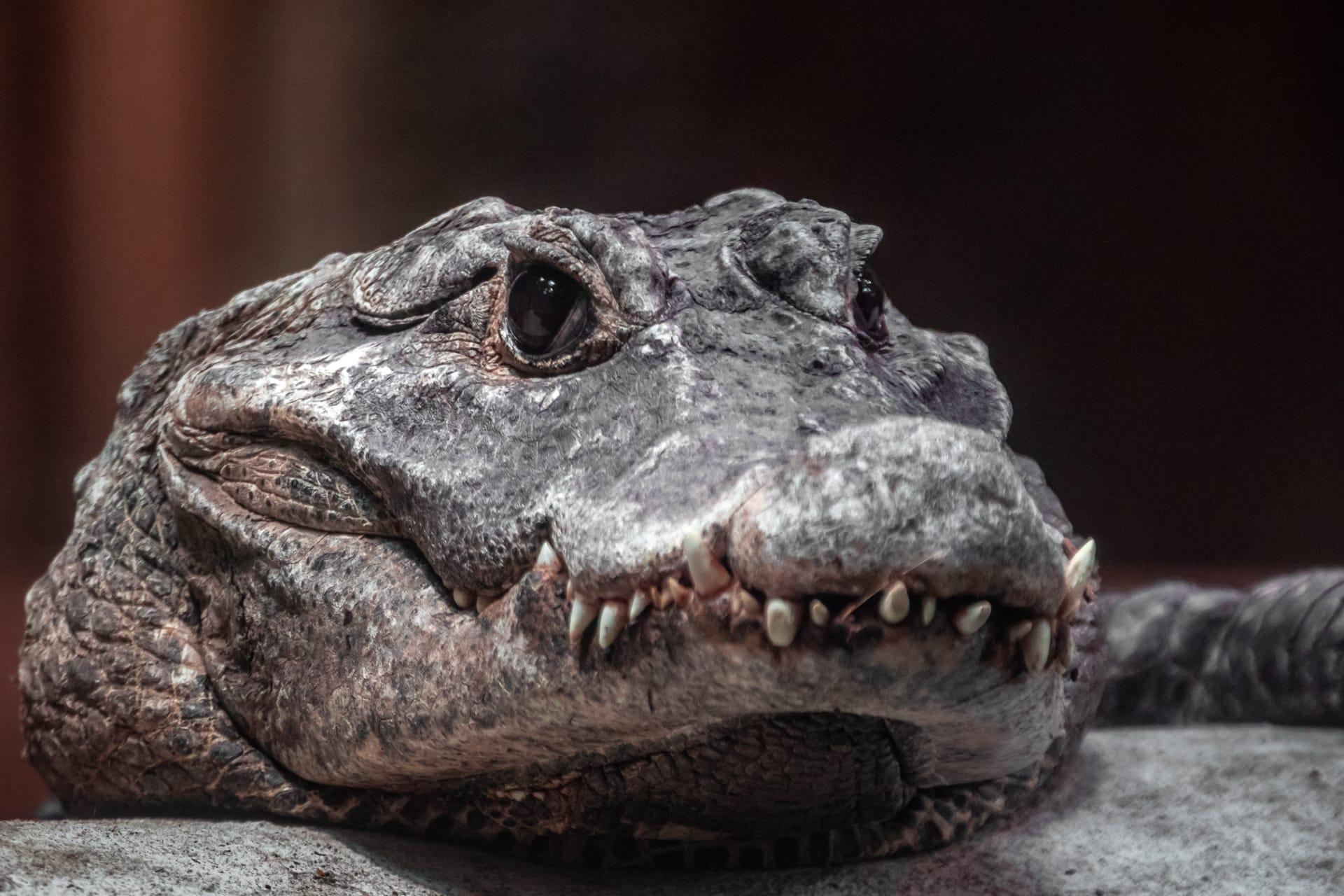Dwarf Crocodile Characteristics
- Home /
- Mini Encyclopedia /
- Animal /
- Dwarf Crocodile Characteristics
1
The Dwarf Crocodile, scientifically known as Osteolaemus tetraspis, is a fascinating creature with unique physical characteristics. This crocodile species, smaller than its larger cousins, typically measures about 5 feet in length and weighs around 18 kilograms. This compact size is one of the key features that distinguish it from other crocodile species. In terms of lifespan, Dwarf Crocodiles can live up to 75 years in the wild, a testament to their resilience and adaptability in their natural habitat.
One of the most distinctive organs of the Dwarf Crocodile is its integumentary system, specifically the osteoderms. These are bony deposits forming scales, plates, or other structures in the dermal layers of the skin. In Dwarf Crocodiles, the osteoderms are particularly pronounced, providing not only protection but also aiding in thermoregulation. This is crucial for a cold-blooded animal, as it helps maintain body temperature. The osteoderms also play a role in camouflage, thanks to their rough, bark-like texture that blends seamlessly with the swampy environments they inhabit.

2
Question: What do Dwarf Crocodiles eat, and how does their diet impact their behavior?
Answer: Dwarf Crocodiles primarily feed on small fish, crustaceans, and insects. Their diet is opportunistic, meaning they consume what is available in their environment. This diet influences their behavior significantly. As nocturnal predators, they rely on the cover of darkness to ambush their prey, using their sharp teeth and powerful jaws to capture and consume their food. The reliance on smaller prey also means that they are less aggressive than larger crocodile species, leading to a more solitary and less territorial lifestyle.

3
Dwarf Crocodiles exhibit unique movement characteristics, reflecting their adaptation to their specific habitat. They are predominantly water-dwelling creatures, with a streamlined body and webbed feet that facilitate efficient swimming. On land, they move with a slow, deliberate crawl, using their muscular legs to support their body. Despite their smaller size, they are capable of quick bursts of speed, especially when lunging at prey or evading threats.
When it comes to hunting, Dwarf Crocodiles are adept predators. They utilize a sit-and-wait strategy, remaining motionless for extended periods until an unsuspecting prey comes within range. Once their prey is close enough, they execute a swift, surprise attack, snapping their powerful jaws shut. Their diet mainly consists of small aquatic animals, which they are well-adapted to catching with their sharp teeth and strong grip.

4
The Dwarf Crocodile predominantly inhabits freshwater environments in Central and West Africa, such as slow-moving rivers, swamps, and marshes. These habitats provide ample cover and a steady food supply, essential for their survival. The murky waters and dense vegetation offer perfect camouflage, aiding in their predatory lifestyle and protection from potential threats. The climate in these regions is typically tropical, with high humidity and regular rainfall, creating an ideal environment for these reptiles.
In terms of reproduction, Dwarf Crocodiles exhibit fascinating characteristics. They are known to be solitary creatures, coming together only during the mating season. Females build nest mounds out of vegetation, where they lay about 10 to 20 eggs. The temperature of the nest determines the sex of the hatchlings, a phenomenon known as temperature-dependent sex determination. The female guards the nest diligently until the eggs hatch, showing a remarkable level of parental care. Once hatched, the young are relatively independent but remain vulnerable to predators, including larger crocodiles.

5
Book: "The Secret Life of Crocodiles" by Paul H. Barrett, published in the UK in 2008, offers a comprehensive look into the lives of various crocodile species, including the Dwarf Crocodile. Barrett, a renowned herpetologist, delves into the behavior, biology, and conservation challenges of these fascinating reptiles. The book is praised for its detailed descriptions and engaging narrative, making it accessible to both experts and general readers interested in wildlife.
Book: "Reptiles of Africa: From Pythons to Crocodiles" by Lara Jackson, published in the USA in 2012, is a vivid exploration of Africa's diverse reptilian fauna. It includes a detailed chapter on the Dwarf Crocodile, providing insights into its habitat, diet, and survival strategies. Jackson's work is known for its beautiful photography and informative content, appealing to anyone fascinated by Africa's rich wildlife heritage.